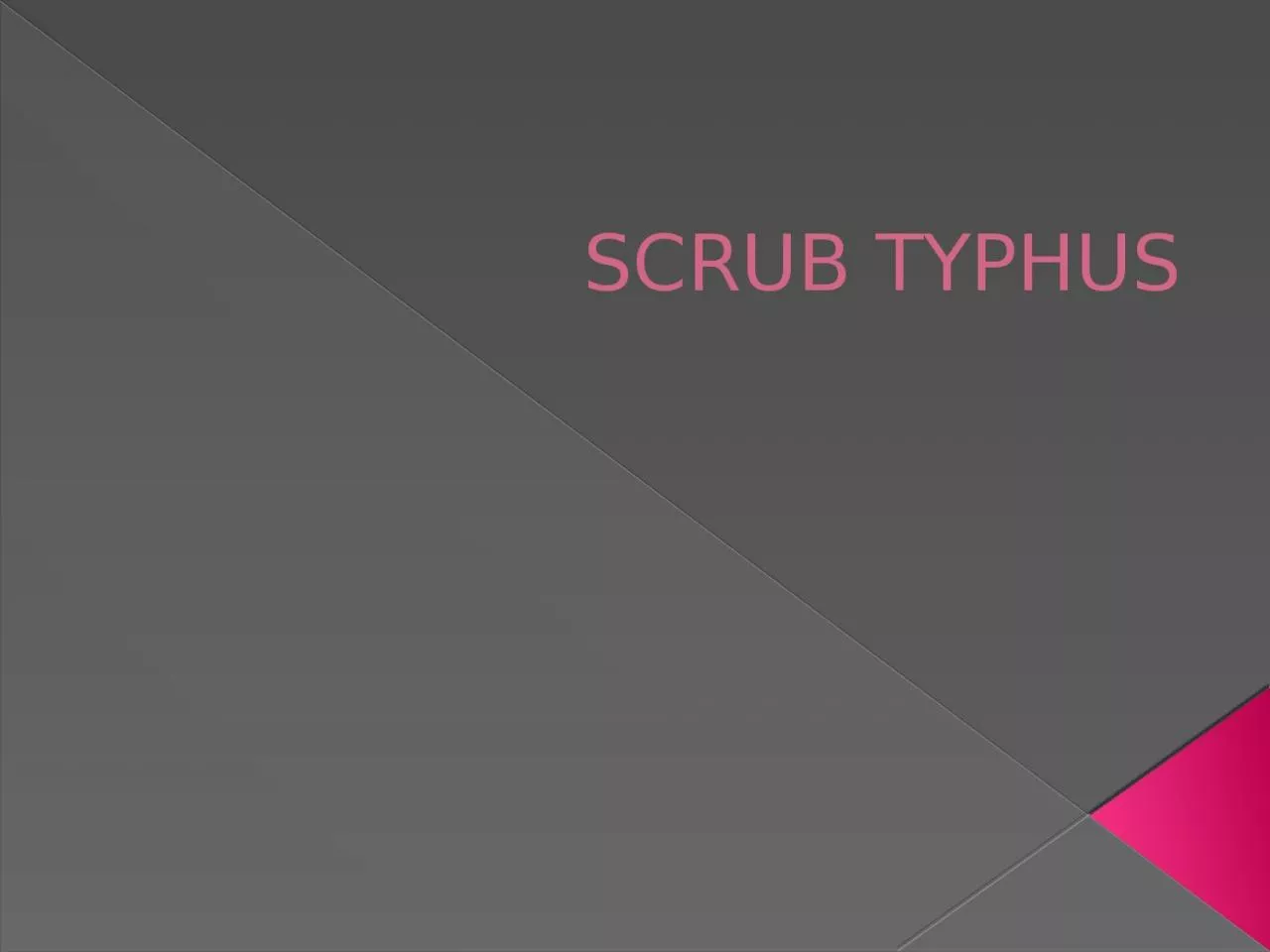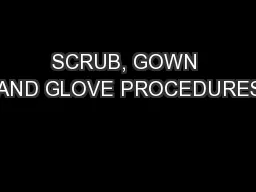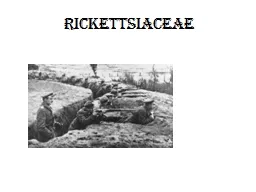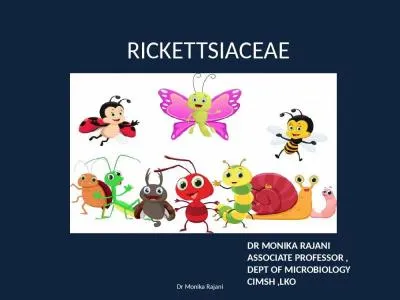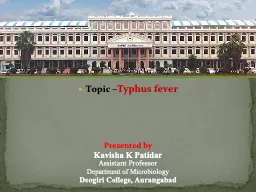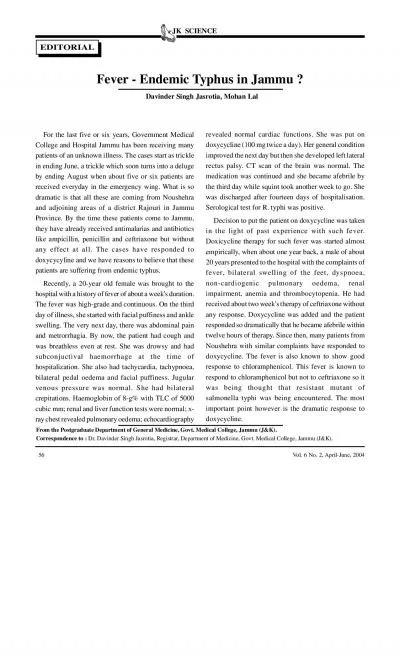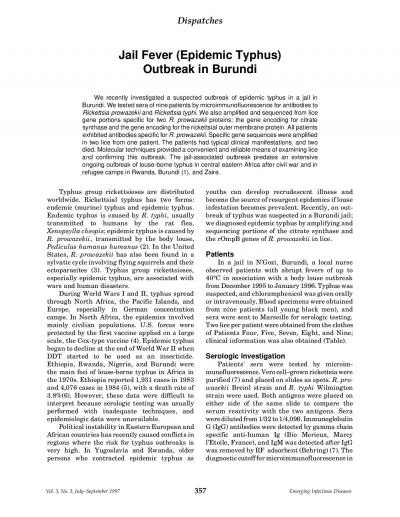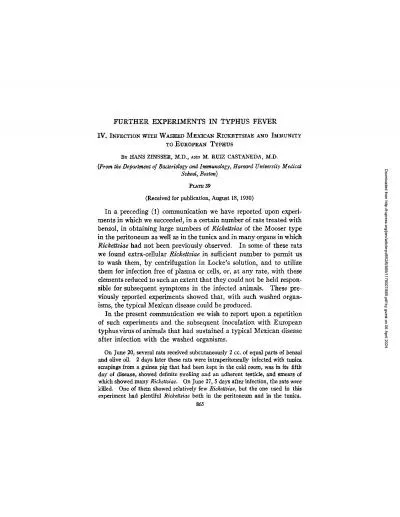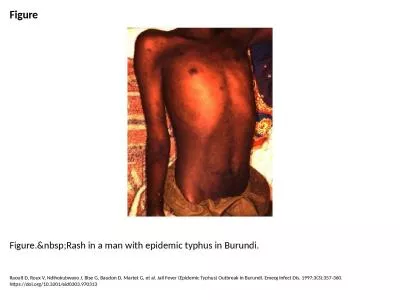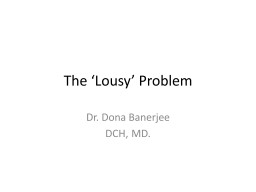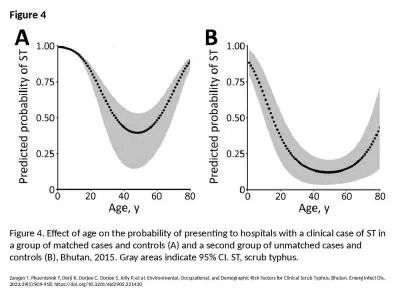PPT-SCRUB TYPHUS Scrub typhus
Author : belinda | Published Date : 2024-02-09
Bush typhus Chiggerosis First described by Chinese in 3 rd century Severe epidemics occurred during world war 2 particularly in the Oceania areas In Japan it is
Presentation Embed Code
Download Presentation
Download Presentation The PPT/PDF document "SCRUB TYPHUS Scrub typhus" is the property of its rightful owner. Permission is granted to download and print the materials on this website for personal, non-commercial use only, and to display it on your personal computer provided you do not modify the materials and that you retain all copyright notices contained in the materials. By downloading content from our website, you accept the terms of this agreement.
SCRUB TYPHUS Scrub typhus: Transcript
Download Rules Of Document
"SCRUB TYPHUS Scrub typhus"The content belongs to its owner. You may download and print it for personal use, without modification, and keep all copyright notices. By downloading, you agree to these terms.
Related Documents

